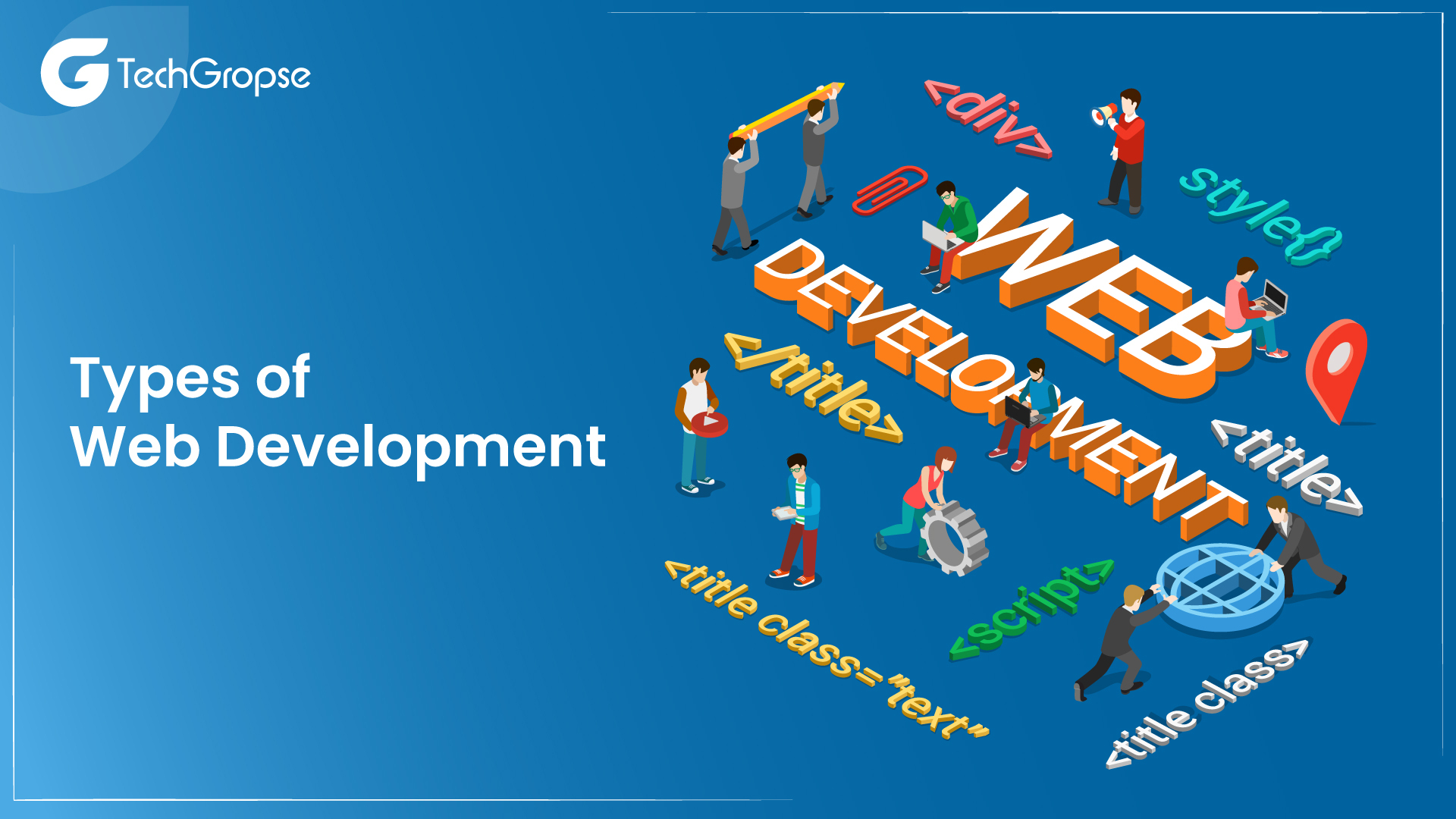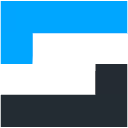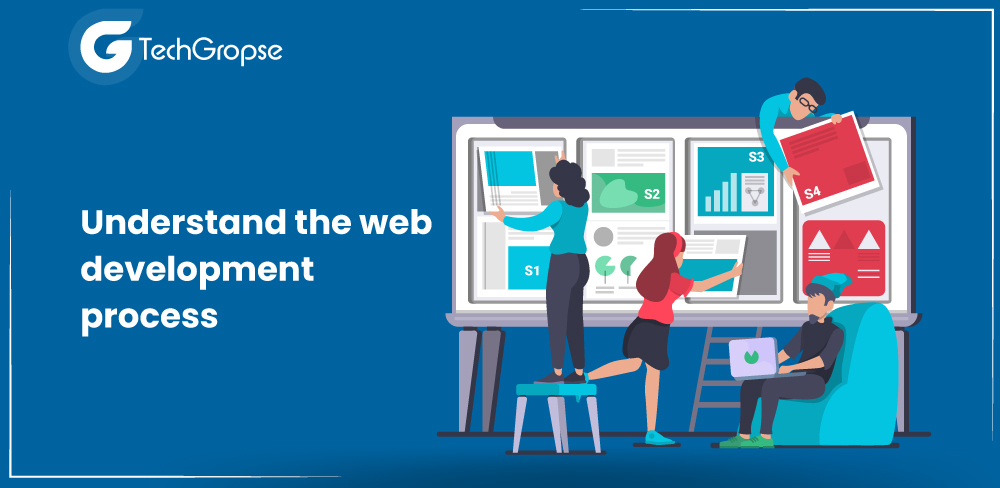There is no doubt that web development is the most fundamental need for all businesses to reach the target audience in today’s time.
It is essential to have a responsive and robust online presence via highly functional and optimized websites to reach the target audience. But when it comes to building a website, it is necessary to follow the web development process. It will assist in building an app with ease.
As we know, web development is a comprehensive procedure involving several ideations and implementation stages. The core phases associated with web development are design, analysis, development, testing & review, deployment and maintenance. Therefore, it is necessary to follow all the steps of the web development process. You can also search for a leading company that has a good portfolio.
A leading company has a team of professionals with expertise and extensive experience in the industry to transform the digital vision into reality. Today, in this blog, we will take a detailed look at the different aspects of the web development process and other essential things. Let’s take a look at this post.
Table of Contents
What is Website Development?
Web development generally refers to the procedure of building, creating and maintaining websites and web applications that are accessible over the Internet. It encompasses many tasks, from designing the user interface and experience to writing the code that powers the website’s functionality.
The best thing about web development is that it involves various technologies, languages and tools that work together to bring websites to life. Usually, web development has two main aspects: front-end and back-end. Front-end development focuses on a website’s visual and interactive elements that users directly interact with. It included designing the layout and fonts, choosing colours, and writing the client-side code using technologies such as CSS, HTML and JavaScript.
However, Front-end developers make sure that websites are intuitive, responsive and visually appealing across different devices and screen sizes. On the other hand, back-end development deals with the server-side operations that power a website’s functionality. Back-end development works with database server scripting language and framework to build dynamic and interactive web applications.
In simple terms, web development refers to the features of a website, while web design describes the look of a website. Both are essential when it comes to building a website. If you want to build your own website, it is necessary to know what is the process of web development. It will help you in taking the necessary steps to build a web application.
Types of Web Development

There are a few types of web development, but the most common types are front-end and back-end development. It refers to what a user sees on a website, what a user sees on it, and what they do not see. Let’s take a look at the types of web development:
1. Front-end Development
Front-end development allows users to see and interact with the website. This typically includes website design and the website’s colours, fonts, layout and images. A front-end developer responsible for having a website look and feel a certain way. This method includes using tools such as Photoshop and Illustrator to build a website design.
The front-end developer must also understand various programming languages or coding languages such as CSS, HTML, and JavaScript. Henceforth, it is necessary to understand these programming languages as users can actually interact with the website with buttons and navigation menus.
2. Back-end Development
Back-end development focused on how the website works instead of how it looks. This includes network and hosting configuration, user authentication, database interaction and anything else that goes on behind the scenes of a website. The back-end developer is responsible for ensuring everything runs smoothly within the website.
A back-end developer is required to be familiar with server-side languages such as Ruby, Python and .Net. Full-stack development is another sort of website development. The developers are mastered in front-end and back-end development. However, full-stack developers must be knowledgeable of both programming languages and server-side languages and are required to be able to handle all aspects of web development.
Steps You Have to Follow to Build a Website

Following the web app development process is necessary once you decide to build your own website. Follow the steps to build a website. Below, we list out the complete web development process for your help:
1. Information Gathering
Before you start to build a website, you have to gather information. It includes the main purpose, target audience, and primary goals. You have to make sure the purpose is the reason behind creating this website. Building a website is necessary to make sure of what you want. Having good goals will give you a better idea of how to make your website more innovative and attractive.
A robust website makes it easy to attract the target audience who will visit your website. We all know every business has a target audience, so ensure you figure out who yours is before creating a website that provides the same services and products. It will assist you in knowing what you can do differently to make your website more appealing. So, remember to follow this web development process to build a website.
2. Planning
Once you have gathered the basic information for your website, you have to start planning it out. With the help of the information from the first step, you have to create a sitemap.
A sitemap is a list of all the topics and sub-topics of the website. You know that the sitemap will assist you in being able to visualize the website and how a user can jump from one page to another. Therefore, you have to follow this web application development process and build a compatible website to run on different devices.
3. Design
After you have planned the outline of the website, you have to figure out how it’s going to look. This will include all visual content, such as videos and photos.
As you develop the layout of your website, keep your target audience in mind. No doubt that a public relations brand will have a very different website than a brand with a target audience of pet owners; you are looking for your website to cater towards your target audience’s wants and requirements.
4. Content
Now, you have to add content to your website. The content will convey your message to your audience and encourage them to use your website. However, before you write your content, you have to figure out your goals and purpose, so you must follow the 2nd step.
Your material needs to be timely and compelling enough for users to return often. Therefore, you have to follow the web application development process to build a functional website.
In order to make the development procedure, you have to seek the help of a web development company that is committed to providing you with ultimate solutions as per your requirements.
5. Functionality
In this step, you have to include features on your website. This is always when all the above steps will come together to create the look and functionality of the website.
You have to make sure that your website is user-friendly and easy to get around. The homepage will generally be created first, and then all the sub-pages will come after. You always have to ensure that the website can be accessible from both a desktop and a mobile phone.
In order to include great features to your website, you can seek the help of a custom web development company that will help you in every step to ensure the success of your website. Therefore, searching for a reliable company to build a functional website is good.
6. Testing
Once the website has been successfully created, it is required to test the website. Testing the website can be tedious, but it is necessary to ensure that the website is running properly.
During this process, you have to test all the links and buttons on the website, check the spelling of everything and make sure the website looks the same on a phone as it does on a system. In order to ease your job, you can also hire web developers with technology knowledge to test the website.
7. Launch
After launching the website, you have to launch the website. In order to launch your website, you have to upload it to a server. Once the website is uploaded, you should run one last test to double-check that everything is correct. The website will now be viewable to the public.
If you find out the process is challenging on your own, you have to hire dedicated developers who are here to help you when you want to complete the job in committed time.
8. Monitoring and Updates
Once you launch the website, it is essential to go back and check it from time to time. Mistakes can happen, and staying on top of the website is essential to ensure it remains in good shape. You want to fix any issues as instantly as possible and always keep your website updated.
If you see there is a requirement for an update, it is good to hire Laravel developers, as they will easily update the website and make sure that it is running smoothly without any interruption.
Wrapping Up
Web development is a multifaceted process that requires careful planning, creative design, technical expertise, and continuous improvement. Every step, from project concept to final product implementation, plays an important role in delivering a smooth and engaging user experience. By understanding and following these key steps, you can navigate the complexities of web development and create websites and apps that will leave a lasting impact on your target audience.
However, it is only possible to create a website with technical knowledge. In such a case, you have to search for a leading company that will follow a complete web development process to build a functional website for your business.
FAQs
1. What is web development?
The process of building websites or web applications that are available via the Internet is referred to as web development. It involves designing, coding, testing, and maintaining the website or application.
2. What is front-end and back-end in web development?
Front-end:
HTML, CSS, and JavaScript are the core technologies. Libraries and frameworks like React, Angular, and Vue.js are commonly used to build dynamic user interfaces.
Back-end:
Languages like Python, Ruby, PHP, Java, and Node.js are used to build server-side logic. Frameworks like Flask, Ruby on Rails, Laravel, and Express.js provide tools for building web applications.
3. What programming languages are used in web development?
HTML, CSS, and JavaScript are core technologies. Libraries and frameworks like React, Angular, and Vue.js are commonly used to create dynamic user interfaces.
Languages like Python, Ruby, PHP, Java, and Node.js are used to generate server-side logic. Frameworks like Flask, Ruby on Rails, Laravel, and Express.js provide tools for building web applications.
4. What is responsive web design?
Responsive web design is a design and development approach that ensures websites look and work well on different devices and screen sizes. The layout and content of the website automatically adjust to provide the optimal user experience, whether the site is viewed on a desktop computer, tablet or smartphone.

Hello All,
Aman Mishra has years of experience in the IT industry. His passion for helping people in all aspects of mobile app development. Therefore, He write several blogs that help the readers to get the appropriate information about mobile app development trends, technology, and many other aspects.In addition to providing mobile app development services in USA, he also provides maintenance & support services for businesses of all sizes. He tried to solve all their readers’ queries and ensure that the given information would be helpful for them.
















































































































